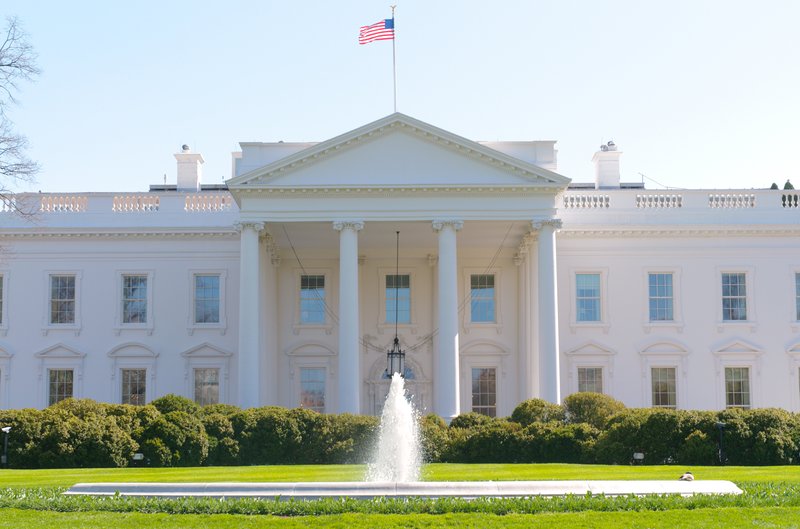
Last week, the White House unveiled its “2013 Intellectual Property Enforcement Coordinator Joint Strategic plan,” a roadmap to help the Department of Homeland Security combat intellectual property theft in the next three years. This is the Administration’s second joint strategic plan on IP (its first plan issued in 2010), and its fourth statement this year on protecting U.S. trade secrets.
The latest plan reviews the progress made since 2010 and lays out 26 specific action items to strengthen IP protection, increase enforcement efforts, and encourage multi-national coordination.
The 88-page plan covers a lot of ground, taking on issues such as patent trolls and counterfeit drugs. Trade Secrets Watch reviewed the plan’s implications for trade secret protection—especially in light of the White House’s recent efforts and requests for public comments earlier this year.
The plan reaffirms that “[a]ddressing the theft and transfer of trade secrets overseas for innovative technology will continue to be a priority focus,” but perhaps surprisingly, the plan doesn’t go into great depth on specific measures to protect trade secrets. It notes:
- Trade secret theft cases are on the rise: the FBI reported a 39% increase in trade secret cases since the 2010 plan was handed down.
- Since 2012, the DOJ has created a network of specially-trained federal prosecutors who support investigations of trade secret theft and economic espionage, and since 2009 they filed more criminal IP cases than in prior years.
- Since a March 2011 “White Paper on IP Enforcement Legislative Recommendations,” Congress increased criminal penalties for economic espionage and directed the United States Sentencing Commission to consider stiffening penalties for trade secrets crimes. This is a reference to Public Law 112-269, The Foreign and Economic Espionage Penalty Enhancement Act of 2012.
- Congress also passed Public Law 112-236, The Theft of Trade Secrets Clarification Act of 2012. That law closed a loophole by clarifying that the scope of the Economic Espionage Act protects trade secrets related to ”a product or service used in or intended for use in’ interstate or foreign commerce,” a broader definition that will sweep in more conduct than before.
The 2013 plan isn’t the first word from the White House on trade secrets this year. President Obama first raised this issue as a priority in his State of the Union Address, saying:
“America must also face the rapidly growing threat from cyber-attacks. Now, we know hackers steal people’s identities and infiltrate private emails. We know foreign countries and companies swipe our corporate secrets. Now our enemies are also seeking the ability to sabotage our power grid, our financial institutions, our air traffic control systems. We cannot look back years from now and wonder why we did nothing in the face of real threats to our security and our economy.
And that’s why, earlier today, I signed a new executive order that will strengthen our cyber defenses by increasing information sharing, and developing standards to protect our national security, our jobs, and our privacy.
But now Congress must act as well, by passing legislation to give our government a greater capacity to secure our networks and deter attacks. This is something we should be able to get done on a bipartisan basis.”
The President’s February 12, 2013 Executive Order focuses on improving critical infrastructure security. This means protecting national systems such as power grids, oil and gas production facilities, telecommunication systems, and food and water supplies.
And then on February 20, 2013, the White House unveiled its “Strategy to Mitigate the Theft of U.S. Trade Secrets,” a five-point plan for enhancing coordination and communication among agencies and the public, and improving legislation and criminal enforcement to protect trade secrets. Roughly one month later, the White House asked for comments on the strategy. Unfortunately, few responded and there has been no public reaction from the White House since receiving the comments.
The White House’s 2013 plan isn’t really an update on the February strategy; it’s a higher level document that focuses on a broader range of issues. But it’s consistent with some of the goals of that strategy, such as increased emphasis on public education and awareness about trade secret protection, and increased collaboration with foreign entities.
The plan notes that the Office of the Director of National Intelligence (ODNI) will coordinate intelligence efforts to inform the private sector about identifying and preventing trade secret theft. And as part of its recent advertising campaign, the FBI is reaching out to the business community and the public at large, explaining how insider threats affect business operations and educating them on how to identify and deal with threats to proprietary information and trade secrets.
The plan also recognizes as a goal “Advancing U.S. Interests through Trade Dialogues,” and suggests that such dialogues include “a growing emphasis on trade secret protection and other emerging issues affecting U.S. businesses and their workers.” The plan notes that the U.S. Trade Representative has engaged countries seeking accession into the WTO on the issues of IP and trade secret protection.
While we welcome the White House’s continued interest in increasing protections of U.S. trade secrets, the call for increased coordination and information sharing only goes so far. We hope that instead of another white paper, the next news we hear includes specific legislative proposals such as a comprehensive federal civil Trade Secrets Act.

